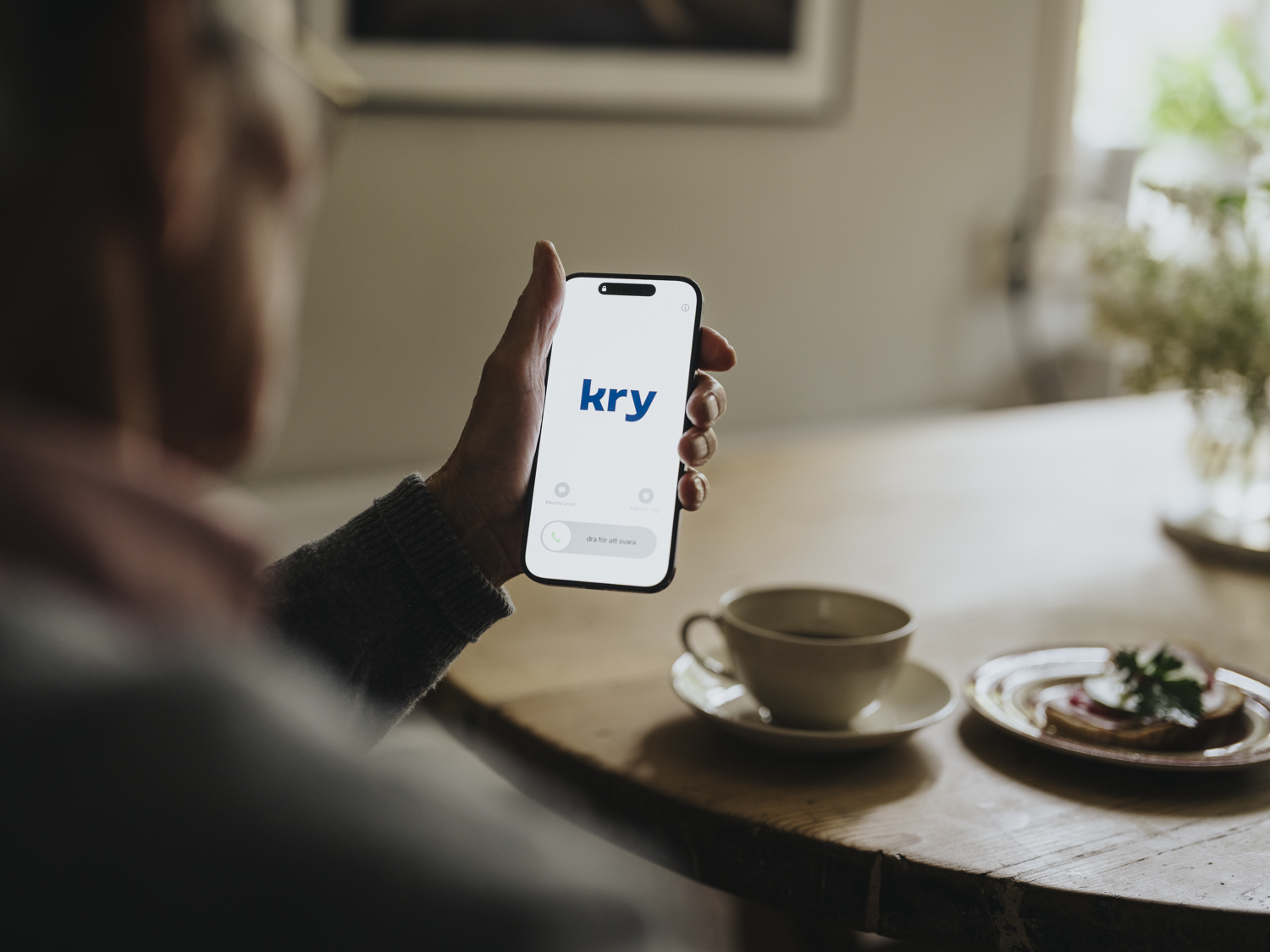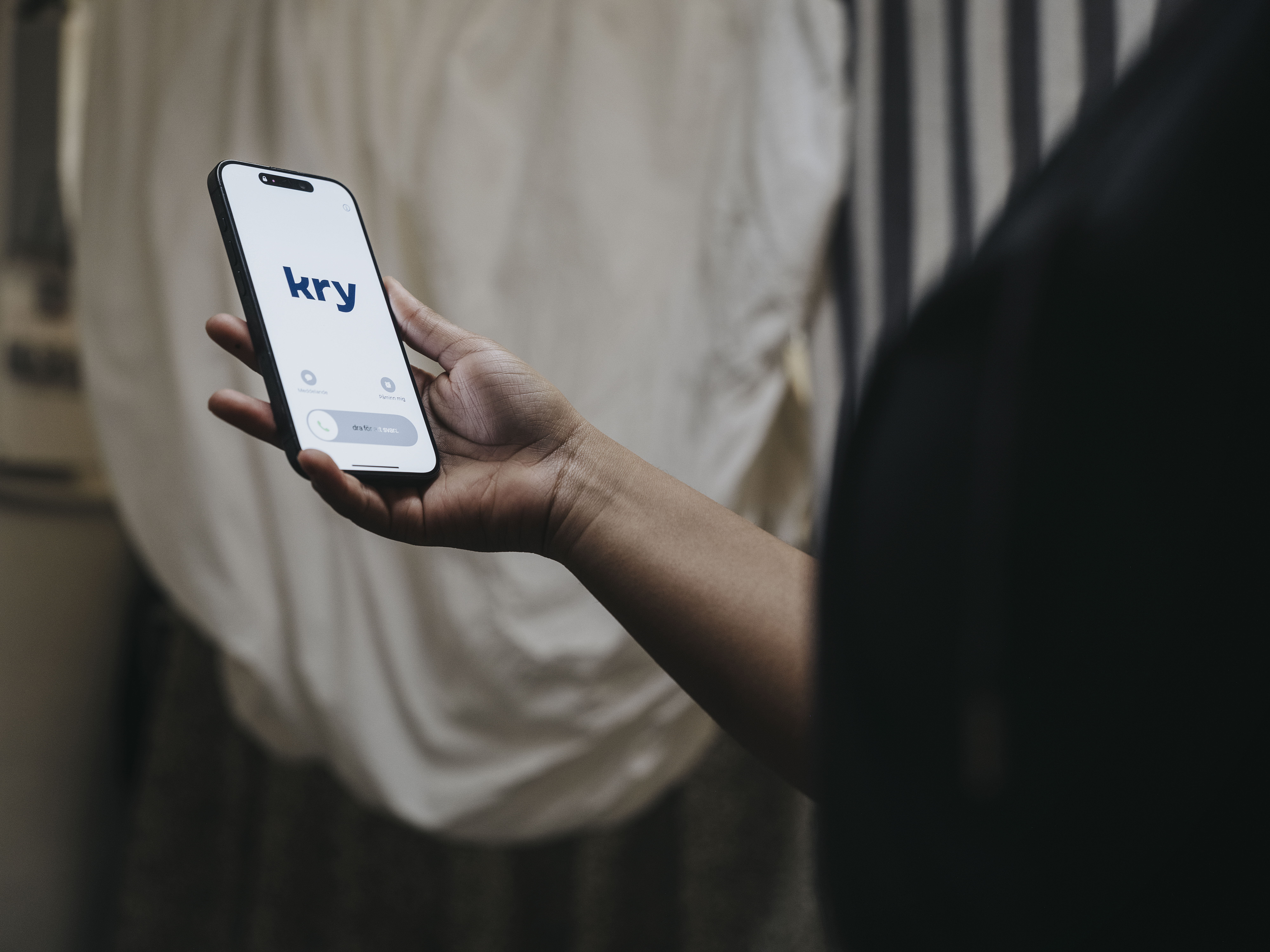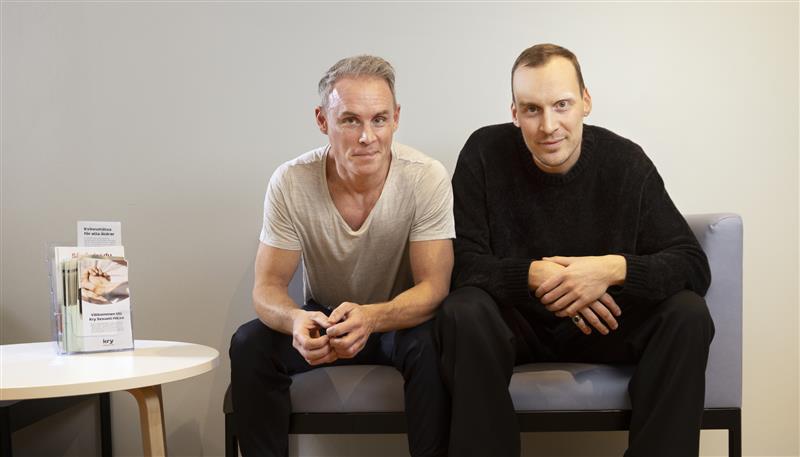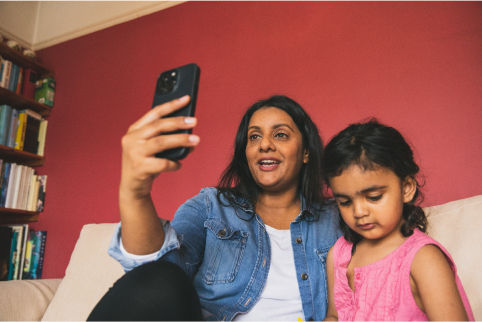
Study finds Kry delivers accessible care without leading to overuse
A large study funded by the Swedish Association of Local Authorities and Regions has found that telemedicine services like Kry meet patients’ needs without leading to the overconsumption of care.

By Kry Team
Fri Dec 10 2021 • 4 min read

- 76% of patients booked only one primary care consultation
- 91.5% of users didn’t have any care contact other than the telemedicine consultation
- 20% of consultations involved the 10 most common diagnoses
Digital health is set to transform the future of healthcare. Without having to travel to a doctors’ office, patients can see a physician wherever they are. But could this high level of accessibility lead to the overuse of care? A study of digital primary care services Sweden provided new insight into just how patients interact with telemedicine.
Study at a glance
- 10,400 telemedicine users across 3 services including Kry
- Jönköping Regional Registry in Sweden
- September 2017 – January 2019
Telemedicine provided accessible care that meets patients’ needs
Patients highlighted quick access to healthcare, not having to take time off work, and reduced travel time as the main benefits of telemedicine. Parents, the largest group of users, particularly appreciated the ease of digital services for their children.
High accessibility didn’t lead to overconsumption of care
Three quarters of patients had just one consultation, with only a small number of patients seeking follow-up care. Just 4% of patients had telephone contact with 1177 Health Care Guidance, 1% visited an acute clinic, and 3.5% visited a physical primary care service.
“The utilization of other health care contacts before or after the telemedicine consultation were surprisingly low"
Patients were conscious that digital care isn’t always the answer
Patients felt confident they could make the right choice between telemedicine and face-to-face care. In general, patients viewed telemedicine as a helpful health service mostly for less severe issues, such as rashes and coughs.
Patients felt satisfied with the care they received
Those who used the service said it was trustworthy and made them feel safe. Patients said the appointments felt like real meetings, in line with the care patients would expect in person at primary care centers.
Conclusions
The results of this study show that ease and accessibility matters greatly to patients. But putting healthcare resources at patients’ fingertips doesn’t necessarily mean they use them more than they need. The evidence strengthens Kry’s mission to make equal, high-quality healthcare accessible to everyone, by supporting both patients and providers.
Reference: Gabrielsson-Järhult F et al. Telemedicine consultations with physicians in Swedish primary care: a mixed methods study of users’ experiences and care patterns. Scandinavian Journal of Primary Health Care. 2020; 39(2): 204-213. https://www.tandfonline.com/doi/full/10.1080/02813432.2021.1913904

Kry Team
Further reading...






